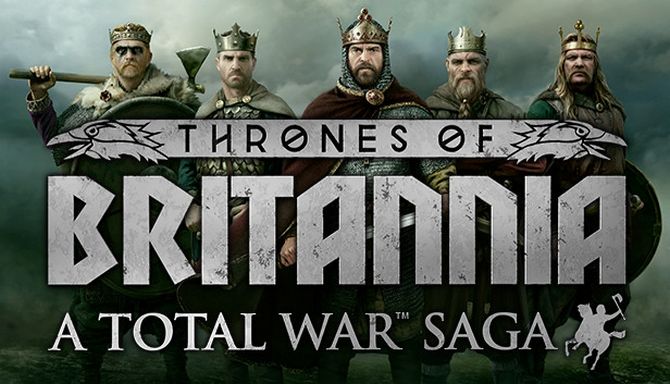Dreki - Spear Guard
This transport ship is light and easy to manoeuvre, but almost defenceless if attacked.Wielding spears with royal jurisdiction, taking orders from the king himself.
For most of history the only way to move cargoes and people over long distances at any kind of reasonable speed was by water; this remained true until the invention of the railway. Trading vessels carried goods, following the coastlines for the most part, and up navigable rivers. The pattern of settlement and colonisation was almost entirely based on where ships could go. It was also considerably easier to move armies by sea than march them long distances. Trade ships were hired or requisitioned for such tasks, and this was an added incentive for generals to reach a quick conclusion to a campaign: war hurt trade, and used up ships needed for vital food supplies.
(Spear Guard)
Throughout most of the medieval world, the function of kings and chiefs was, above all, to provide war leadership. Tribal leaders used loyalty systems which granted the best warriors the greatest rewards when in service to their households as companions or bodyguards, which extended onto the battlefield. The systems which existed in Celtic Ireland and Scotland were ones in which martial leaders presided over small and ever-changing kingdoms alongside nobles and royal followers who fought in their direct service. The Welsh, although less influenced by feudalism, also operated under similar systems of the ‘teulu’ – the individual princes’ and chieftains’ personal bodyguards – who typically went to war alongside larger numbers of freemen who made up the bulk of the armies. Armed with spears, they were arguably wielding the oldest purpose-built weapon in existence. Given its comparative cheapness and ease of construction, the spear was one of the most commonly used weapons among all classes of fighting men before and throughout medieval times. Its notable advantage was the longer reach it afforded its bearer, enabling effective engagement with a larger or mounted enemy who might otherwise be out of reach. The Viking tendency to emblazon spears with ostentatious decorative carvings indicates that some were primarily used for thrusting rather than throwing, reducing the possibility of losing what were obviously prized weapons.
Unit Name Dreki - Spear Guard |
Main Unit Key shp_est_spear_guard |
Land Unit Key est_spear_guard |
Naval Unit Key vik_dreki |
Soldiers 160 |
Category Heavy Ship |
Class Melee Ship |
Custom Battle Cost 850 |
Recruitment Cost 850 |
Upkeep Cost 275 |
Hull Strength |
└ Ship vik_dreki |
Speed |
Melee Skill 48 |
Melee Damage 36 |
├ Melee Weapon vik_spear_elite |
├ Melee Base Damage 24 |
├ Armour-piercing Damage 12 |
├ Armour Piercing No |
├ Attack Against Cavalry 30 |
├ Attack Against Elephants 0 |
└ Attack Against Infantry 0 |
Charge Bonus 33 |
Melee Defence 78 |
├ Base Defence 48 |
├ Shield vik_medium |
└ Shield 30 |
Armour 32 |
├ Armour vik_mail_heavy |
├ Armour Defence 32 |
└ Shield Armour 0 |
Health 100 |
├ Man Entity vik_inf_very_heavy |
├ Man Health 100 |
└ Bonus Hit Points 0 |
Morale 54 |
Abilities
Spear Guard- Shield Castle
"Heads down, lads, things are about to get a little hairy around here!"
Units cannot move in this formation.
Attributes
- [[col:yellow]]Expert Charge Defence[[/col]]
This unit’s melee attack and damage are increased against charging enemies. - [[col:yellow]]Disciplined[[/col]]
This unit does not suffer a morale penalty when the general dies. It can also rally after routing more often. - [[col:yellow]]Encourage[[/col]]
This unit provides a morale bonus to nearby allies. - [[col:yellow]]Hide (forest)[[/col]]
This unit can hide in forests until enemy units get too close.
Strengths & Weaknesses
No Strengths and Weaknesses


 Français
Français Italiano
Italiano Deutsch
Deutsch Español
Español Русский
Русский Čeština
Čeština Polski
Polski Türkçe
Türkçe Português (Brasil)
Português (Brasil) 한국어
한국어 简体中文
简体中文 正體中文
正體中文
